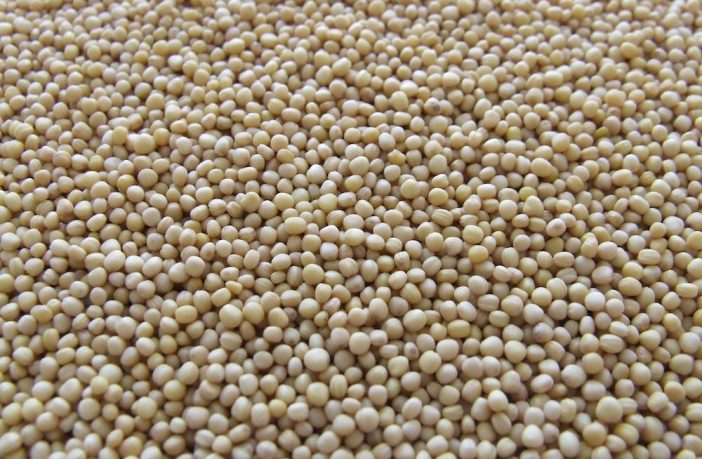Scientists from Università Cattolica del Sacro Cuore in Italy have investigated different shade depth treatments on soybeans grown under an elevated agrivoltaic system in Monticelli d’Ongina, Italy.
“Our work confirmed that soybean is shade tolerant and can be grown in combination with solar power generation,” researcher Eleonora Potenza told pv magazine.
The 3.2 MW agrivoltaics system, built by Italian specialist Rem Tec, has been operating since August 2021 and features 11,535 polycrystalline panels with capacities of 280 W. The modules were placed at a height of 4.5 meters and are stilt-mounted on a biaxial, full-sun tracking system. The agrivoltaics installation has a total surface of 22,378 square meters and covers an agricultural surface of 171.140 square meters.
The researchers applied four different shade depth (SD) treatments with values of 27%, 16%, 9%, and 18%, respectively, by considering the average value of the SD over the crop-growing cycle. They indicated the treatments with the acronyms AV1, AV2, AV3, and AV4, respectively.
“Each area included four soybean rows, for a total of 16 rows and an area of 144 m2 for a single replicate,” they said.
During several months of testing, the Italian group found that the physiological and morphological traits of soybeans were affected by the shade depth levels. They discovered that the leaf area index (LAI) and the specific leaf area (SLA) of the crop were higher in the most shaded AV areas.
The experiment showed, according to the academics, that the average grain yield reduction of soybeans for the whole AV system was 8%. They said that this is largely under the limits of the yield reductions indicated by previous research in agrivoltaics plants in Germany and South Korea.
“In this regard, the regulations in France, Japan, and Germany have set the maximum level of yield reduction that can be achieved under agrivoltaic systems as 10%, 20%, and 34%, respectively,” they said.
“Considering not only soy but more crops and extensive crops in a large scale agrivoltaics is useful for increasing the sustainability of the agrivoltaic system itself,” Potenza concluded. “Differentiating crops and promoting crop rotation also brings benefits to the soil in which they are grown. This may help to diversify the farmer’s income not only for energy production but also for agricultural production.
Author: Emiliano Bellini
This article was originally published in pv magazine and is republished with permission.















